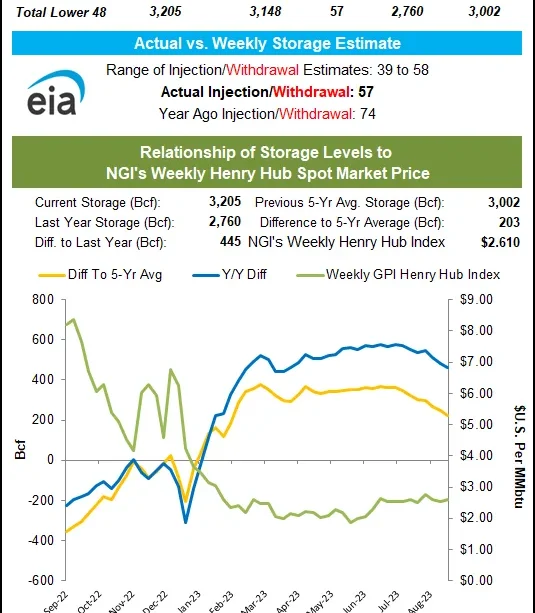Understanding Natural Gas Inventory and Its Implications

Importance of Natural Gas Inventory
Natural gas inventory plays a crucial role in the energy market, influencing pricing, supply stability, and overall economic conditions. With global energy demands rising, keeping track of natural gas stocks is vital for producers, consumers, and policymakers.
Current Trends in Natural Gas Inventory
According to the U.S. Energy Information Administration (EIA), natural gas inventories have seen fluctuations due to seasonal demands and shifting energy policies. Recent data indicates that as of mid-October 2023, the total working gas in underground storage was approximately 3.6 trillion cubic feet, which is 6% higher than the five-year average for this time of year. This surplus suggests a buffer against potential price spikes during winter months when demand typically increases.
Factors Influencing Inventory Levels
Several factors affect natural gas inventory levels, including:
- Weather Patterns: Unpredictable weather can either increase demand for heating during colder months or reduce it in milder conditions.
- Production Rates: Advances in extraction technologies, such as hydraulic fracturing, have led to increased production levels, contributing to higher inventory.
- Export Levels: The U.S. is one of the largest exporters of natural gas, and fluctuations in export demand can greatly impact domestic inventories.
Implications for the Energy Market
The current natural gas inventory levels are expected to have significant implications for energy prices in the upcoming winter season. Analysts predict that if inventories remain higher than average, this could mean stable prices for consumers. However, if the winter is harsher than anticipated, this could lead to a rapid depletion of stocks, creating upward pressure on prices.
Conclusion
Monitoring natural gas inventory is essential for stakeholders across the energy spectrum. With ongoing developments in production and consumption patterns, it remains vital for consumers to stay informed about inventory levels. As we move into the winter months, analysts will closely watch how these inventories adjust in response to varying demands, ultimately shaping market dynamics. Understanding these trends can empower consumers and businesses to make informed energy decisions.









